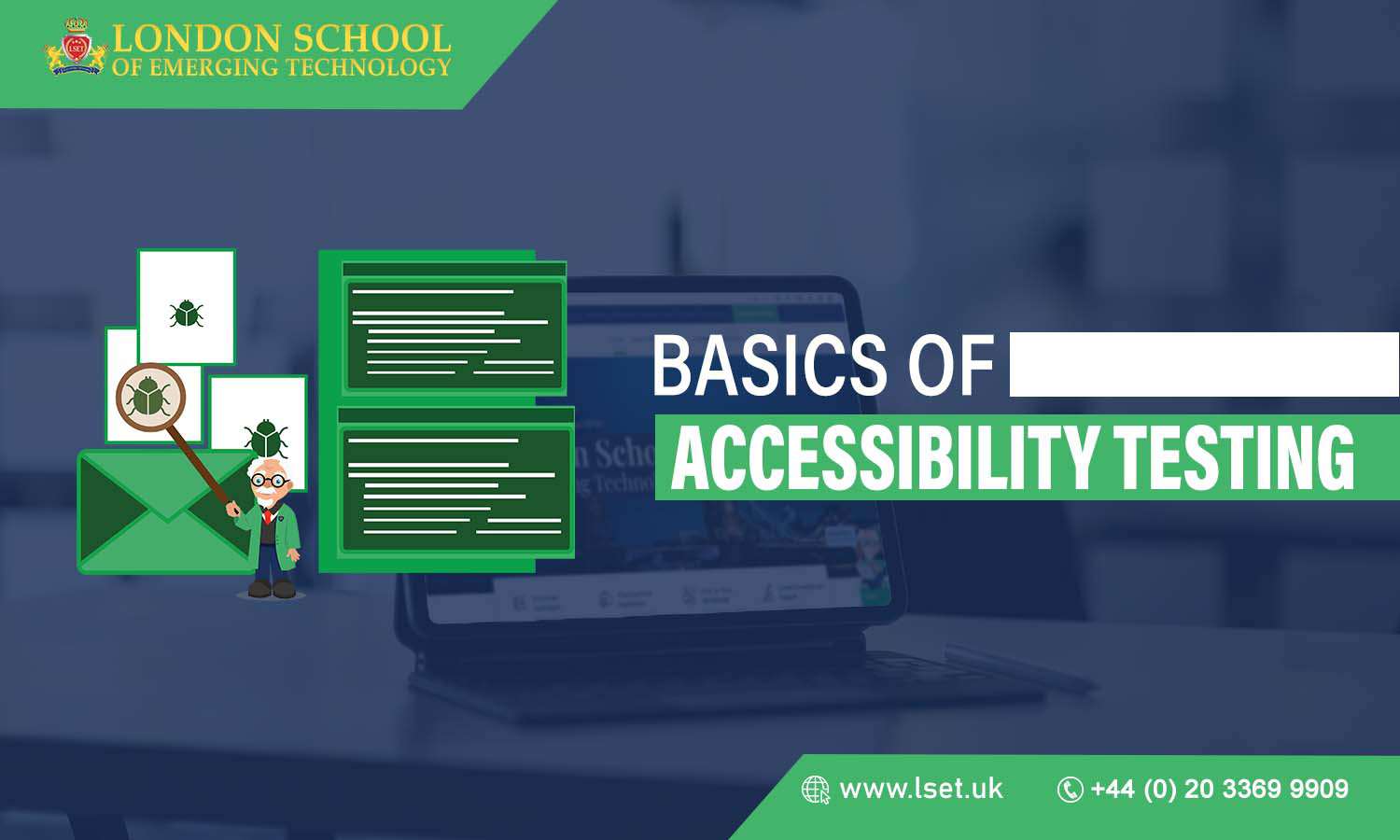As digital experiences begin to thrive, the demand for accessible products grows stronger than ever. According to a study from Nielsen, 42% of adults with internet access in the United States are using some form of online subscription services as their primary source for media. In today’s digital world, there’s no room for inaccessible products. Accessibility testing remains one of the most important aspects in software development and QA processes. It focuses on making sure that everyone can use your site or app regardless of their visual, auditory, physical, speech, cognitive, or other types of disabilities. The process of accessibility testing is fairly simple and straightforward
you have to identify any barriers that might prevent users from accessing your app or website and fix it before releasing it to the public. There are several different accessibility guidelines you need to keep in mind while testing your application (WCAG 2.0 AA). In this blog post, we explain all you need to know about accessibility testing so that you can integrate it into your QA strategy.
What is Accessibility Testing?
Accessibility testing is the process of checking your website or app to make sure that it’s fully accessible to everyone. This includes people with disabilities, like visual impairment or mobility issues, as well as people who are simply visiting your site from a different device or location. The key aspects of accessibility testing are exploring your website or app, identifying any accessibility barriers, and determining how serious these barriers are. Once you’ve found issues, you should generate recommendations on how to fix them. Accessibility testing can also be referred to as usability testing for accessibility. It’s important to remember that usability testing is not the same as designing for accessibility. While usability testing is an excellent way to guide your design decision-making, it shouldn’t be used as a substitute for accessibility testing.
How to Accessibility Test?
The first step in accessibility testing is to perform an audit. The goal of an audit is to determine the accessibility status of your app or website. You can do this with a variety of tools, such as WAVE, or with a plain old paper checklist. No matter which method you choose, make sure that you include the following items: This will help you uncover any issues that will hinder your ability to meet accessibility standards. Next, you have to use a variety of accessibility testing tools to explore your application and identify issues in the source code, content, design, and functionality.
Why is Accessibility Testing Important?
Accessibility is becoming increasingly important. According to a Global Accessibility Awareness Day survey, 61% of respondents said they would visit a website less often if it did not meet their needs. Most businesses understand the need for accessibility testing, but a lot of them fail to incorporate it into their QA strategy. Accessibility testing is crucial for anyone who wants to grow their business online. It makes your product more accessible to more customers, which is key in today’s competitive market. Without accessibility testing, you can’t guarantee that your product will be usable by people from all walks of life.
Limitations of Accessibility Testing
There are some limitations that you need to keep in mind when approaching accessibility testing. Because of the nature of the work, it can be difficult to set up a controlled environment in which to perform accessibility testing. You’ll have to consider the accessibility of your own tools, as well as the tools used by your colleagues. You’ll also have to consider the accessibility of the spaces you work in. Accessibility testing is completely subjective. The tools and methodologies can help you identify potential issues, but they’re not able to detect if your app or website is truly accessible. You have to rely on your judgement throughout the testing process and follow up with the development team to make any necessary changes.
Wrapping Up
Accessibility testing is an essential part of software development, but it’s often overlooked. It focuses on making sure that everyone can access your product, regardless of their visual, auditory, physical, speech, cognitive, or other types of disabilities. The process of accessibility testing involves exploring your app/website and identifying any barriers that might prevent users from accessing it. Once you’ve found issues, you should generate recommendations on how to fix them. There are some limitations that you need to keep in mind when approaching accessibility testing. Accessibility testing is completely subjective, so you have to rely on your judgement throughout the testing process and follow up with the development team to make any necessary changes.

